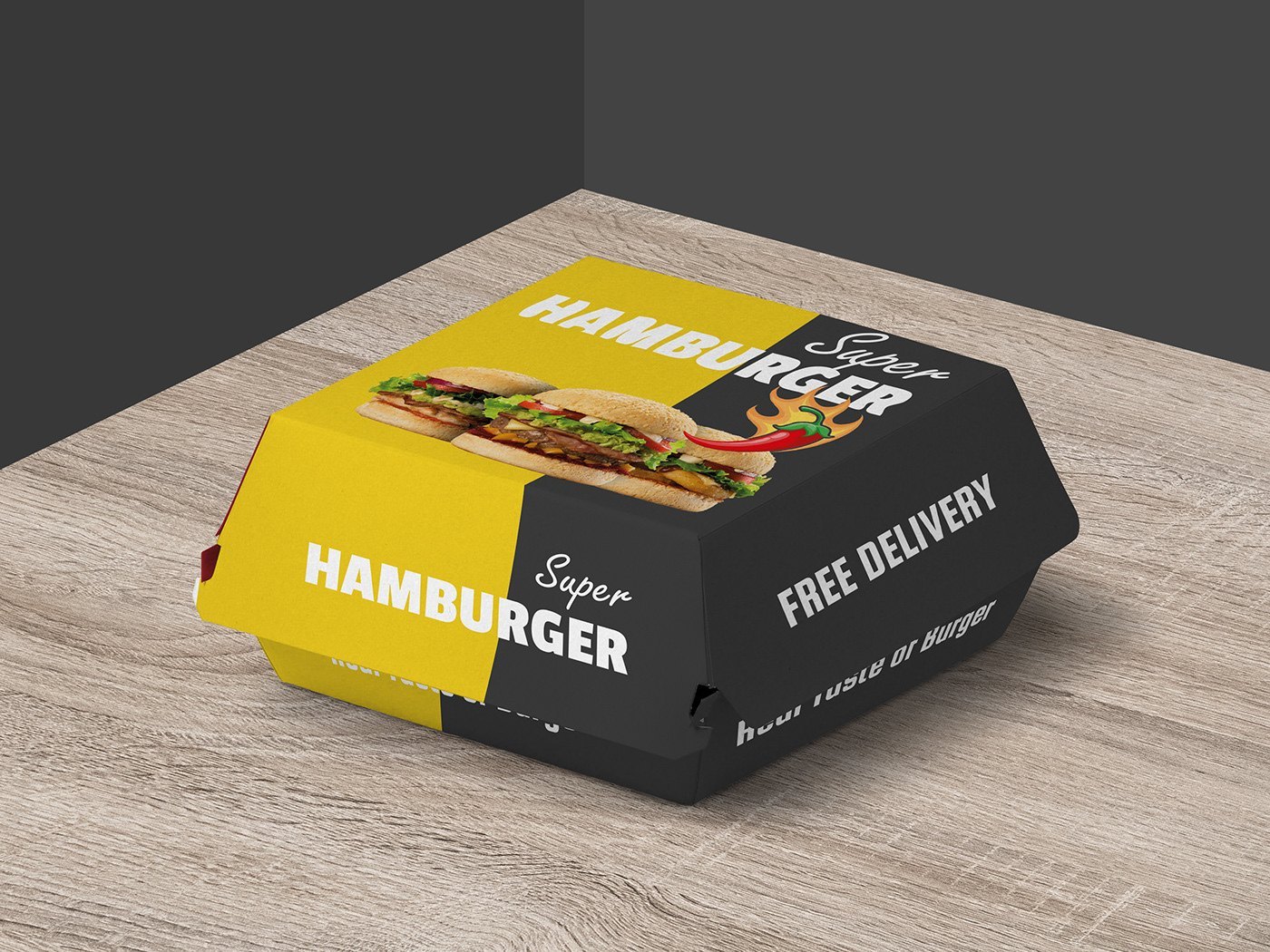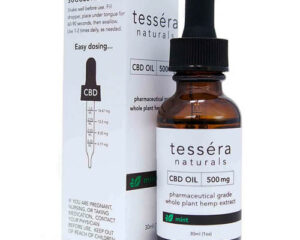Burgers are an iconic staple in the global fast-food industry. Their prices can vary significantly, ranging from budget-friendly dollar-menu items to premium gourmet creations. In this blog, we’ll dive deep into the factors that determine burger pricing and explore the importance of custom packaging boxes in the overall consumer experience. Whether you’re a restaurateur or a curious burger lover, understanding these dynamics can shed light on the complexities behind your favorite meal.
The Factors That Determine Burger Prices
Burger pricing is influenced by a myriad of factors, including the cost of ingredients, operational expenses, market competition, and brand positioning. Let’s break these down in detail:
1. Ingredient Costs
The quality and type of ingredients are primary determinants of a burger’s price. From the meat patty to the bun and toppings, each component plays a crucial role:
- Meat Quality: Burgers made with premium cuts like Angus beef or Wagyu naturally command higher prices compared to regular ground beef.
- Toppings: Exotic or high-end toppings like truffle oil, gourmet cheeses, or avocado add to the cost.
- Bun Selection: Artisanal or gluten-free buns are more expensive than standard sesame seed buns.
- Condiments: House-made sauces or imported condiments can elevate the cost of a burger.
2. Labor and Overhead Costs
The human effort behind the preparation of burgers is another factor. This includes:
- Wages: Higher wages for skilled chefs or staff directly impact pricing.
- Time: Burgers that require intricate preparation or cooking methods take longer, increasing labor costs.
Additionally, overhead costs such as rent, utilities, and equipment maintenance must be factored into the final price.
3. Market Positioning
A brand’s identity and target audience significantly influence burger pricing:
- Fast Food Chains: These brands often focus on affordability and volume, offering value menus with standardized pricing.
- Gourmet Restaurants: High-end establishments charge a premium for the dining experience, ambiance, and quality.
- Local Eateries: Prices at local burger joints may reflect their unique recipes and community-oriented branding.
4. Market Competition
Burger pricing is also dictated by competitive analysis:
- Pricing Wars: Chains often adjust their prices in response to competitors’ deals and promotions.
- Consumer Demand: High demand can justify premium pricing, while oversaturation in the market may lead to discounts.
5. Geographical Location
The cost of living in a specific area greatly affects burger prices:
- Urban vs. Rural Areas: Urban locations typically have higher rent and labor costs, leading to pricier burgers.
- Global Markets: Burgers in countries with high import taxes or limited local ingredients can be more expensive.
6. Promotions and Deals
Discounts, combo offers, and loyalty programs often alter the perceived cost of a burger. These strategies are designed to attract customers while maintaining profitability.
The Role of Custom Packaging Boxes in Burger Pricing and Branding
Custom packaging boxes are an integral part of the burger experience. They’re not just functional but also contribute to the overall perception of value and brand identity. Let’s explore their significance:
1. Enhancing Brand Identity
Custom packaging serves as a visual representation of a brand:
- Logo Placement: Prominently displayed logos reinforce brand recognition.
- Color Schemes: Consistent color schemes create a memorable impression.
- Taglines and Messaging: Clever slogans or messages can enhance brand recall and customer loyalty.
2. Preserving Product Quality
Packaging plays a crucial role in maintaining the freshness and integrity of burgers:
- Temperature Retention: Insulated or foil-lined boxes keep burgers warm.
- Structural Support: Sturdy packaging prevents burgers from becoming squished or messy.
- Ventilation: Proper ventilation prevents sogginess, ensuring the perfect texture upon delivery.
3. Sustainability and Eco-Friendliness
Modern consumers value sustainability, making eco-friendly packaging a competitive advantage:
- Biodegradable Materials: Using recyclable or compostable materials appeals to environmentally conscious customers.
- Minimalist Design: Reducing unnecessary packaging lowers costs and environmental impact.
4. Customer Experience and Perception
Packaging influences how customers perceive the value of their meal:
- Premium Look: High-quality, visually appealing boxes can justify higher prices.
- Functionality: Easy-to-open and resealable designs enhance convenience.
5. Cost Implications of Custom Packaging
While custom packaging adds value, it also comes with additional costs:
- Design and Production: Creating unique designs involves design fees and higher production costs.
- Bulk Orders: Ordering in bulk can reduce per-unit costs, but smaller businesses may face higher expenses.
- Material Choices: Premium materials like cardboard or kraft paper are costlier than basic options.
The Synergy Between Pricing and Packaging
Burger pricing and packaging are interconnected. Here’s how they work together:
1. Perceived Value
Well-designed packaging can elevate a customer’s perception of a burger’s worth. For example, a gourmet burger served in a sleek, branded box feels more premium than one in a plain wrapper.
2. Justifying Higher Prices
Custom packaging can help justify a higher price point. For instance, eco-friendly boxes resonate with environmentally conscious consumers who may be willing to pay more for sustainability.
3. Target Audience Alignment
Packaging designs tailored to a target audience can enhance customer satisfaction. A playful design might attract families, while minimalistic, sophisticated packaging may appeal to young professionals.
Trends in Burger Packaging
The fast-food and gourmet burger industry continues to evolve. Here are some emerging trends in burger packaging:
1. Personalized Packaging
Brands are leveraging technology to create personalized packaging, such as:
- Custom Names: Writing customer names on boxes for a personal touch.
- Special Occasions: Designing packaging for holidays or events.
2. Interactive Designs
Interactive packaging adds an element of fun:
- QR Codes: Scanning QR codes for discounts, games, or additional brand content.
- Transformable Boxes: Boxes that can be repurposed into toys or collectibles.
3. Innovative Materials
Experimentation with materials is reshaping burger packaging:
- Edible Packaging: Creating wrappers or boxes that can be safely consumed.
- Smart Packaging: Incorporating technology to monitor freshness or temperature.
4. Minimalism and Aesthetics
Clean, simple designs with an emphasis on functionality are gaining popularity. These designs reduce waste while appealing to modern consumers.
Conclusion
Determining burger prices involves a complex interplay of factors, from ingredient quality and operational costs to market positioning and competition. Custom packaging boxes, on the other hand, play a pivotal role in branding, preserving quality, and enhancing customer perception.
As the burger industry continues to evolve, businesses must balance these elements to stay competitive. By understanding the dynamics of pricing and the impact of custom packaging, brands can craft strategies that resonate with consumers and drive success in an increasingly competitive market.
Whether you’re a business owner looking to refine your offerings or a burger enthusiast eager to understand the intricacies behind your meal, this insight into burger pricing and packaging provides valuable food for thought.







